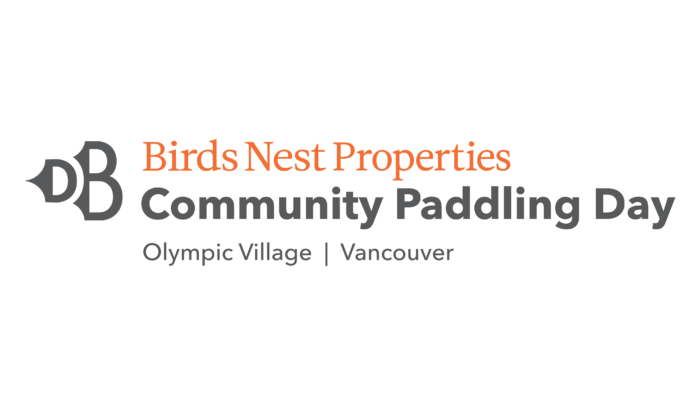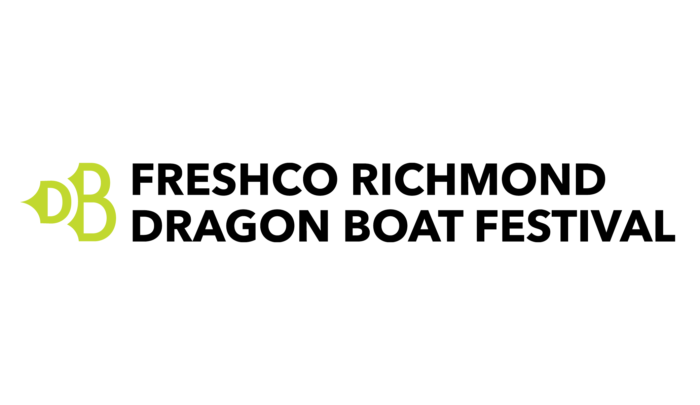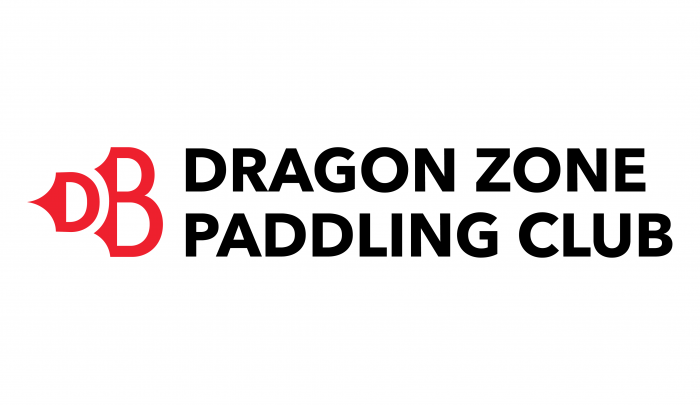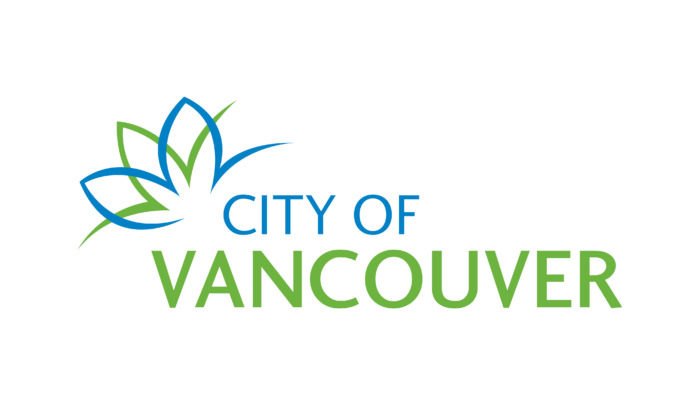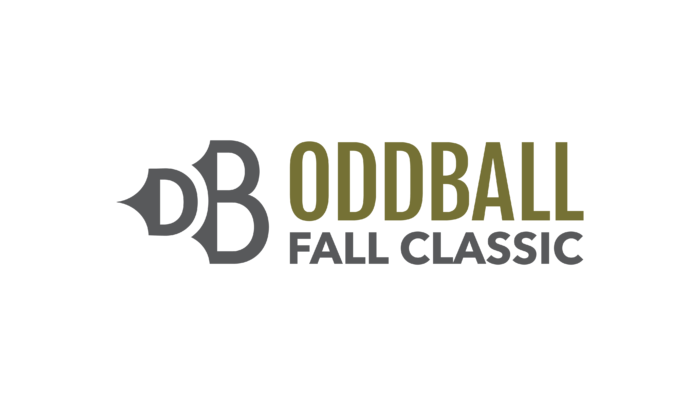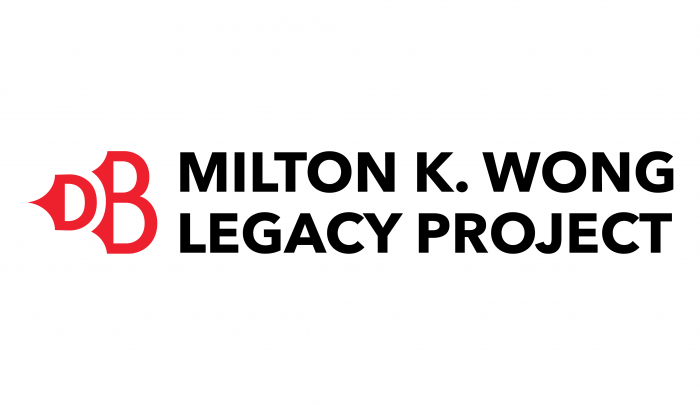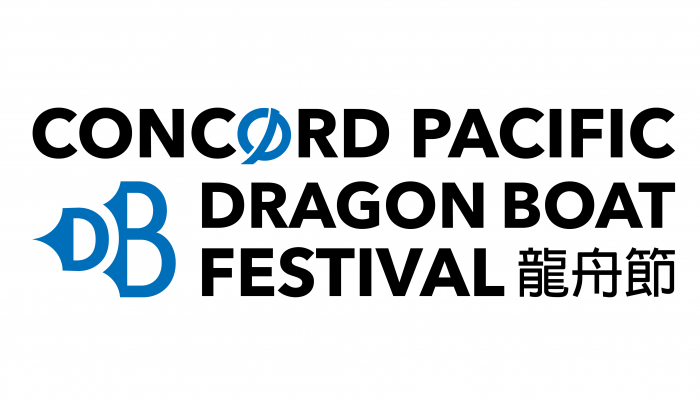 Returning June 2027
Returning June 2027Antiquity meets modernity
Dragon boat is unique, as a cultural sport, it necessarily maintains roots in both culture and sport. Major races cannot start without summoning the spirit of the dragons from their high perches in the remote mountains and clouds, nor can it happen without aerospace grade paddles and frame-by-frame analysis of finish line times. Learn more about the roots of dragon boat in ancient Chinese traditions, and its modern evolution.
Ancient Chinese Traditions
Dragon boat racing has its roots in ancient myths and legends. Multiple legends are tied to its truly ancient roots before the unification of China, including being a fertility rite during the Summer Solstice to ensure plentiful crops, mock battles to awaken the hibernating Heavenly Dragon, prayers to avert illnesses caused by poisonous creatures such as frogs, scorpions, and snakes as villagers went into the fields to harvest crops, and worship of the water dragons as representative of the Jade Emperor.
However, the best known story revolves around the time of the unification of China, about 2,000 years ago. During the Warring States period in China, politics and society was characterized by treachery and shifting alliances. A powerful court official and legendary poet named Qu Yuan – much loved by the people – was banished from court by the King of Chu. However, in 278 BCE, the Kingdom fell to the Qin army. When word reached Qu Yuan, he leapt into the Miluo River while clutching a heavy rock in despair for the Kingdom he loved.
The local villagers raced out in their boats and tried in vain to save Qu Yuan, beating drums and splashing the water with their paddles to keep the fish and water dragons from his body. They also threw rice wrapped in silk to attract fish elsewhere. While they failed to save him, the traditions carried forward into Chinese tradition over the centuries.
Development of the Duan Wu Festival
This tradition became wrapped with older traditions, and became an opportunity for villages to come together at the opening of the summer harvest season to share their local culture with other villages, showcase their athletic prowess, and to feast together. The silk-wrapped rice became eventually wrapped in bamboo leaves.
These traditions still inspire the Festival. Brightly coloured boats with beating drums traverse the water during the Duan Wu Jie (Double Fifth Festival, meaning the 5th day of the 5th lunar month), or commonly in Western communities, the Dragon Boat Festival. People continue to make and eat 粽子, or zhongzi (bamboo wrapped rice dumplings) during the Festival to commemorate these ancient stories.
Emergence as Sport
From mainland China, the sport spread into periphery regions. In Hong Kong, dragon boat became a strong local tradition celebrated by the fishermen in the area and Taoist temples in a more traditional manner. However, with British influences, dragon boat developed more of a community sport characteristic, while still maintaining links to traditional culture. With the popularity of the sport, Hong Kong saw an opportunity to help promote dragon boat and share it with the world.
Arrival in Canada
In the 1980s and 1990s, trans-Pacific immigration brought new ideas and stories to Vancouver. However, this migration also heightened tensions that run centuries deep in the area. To tackle this issue, the local Chinese community worked together to bring 6 teak dragon boats to Vancouver (courtesy of a gift from the Hong Kong government) to run exhibition races during Expo 86, taking advantage of Expo’s transportation theme.
Dragon boat racing’s Canadian debut at Expo was an overwhelming success, with races on June 14-15 sparking a movement over 30 years in the making now. The popularity of the races in 1986 led to community races in 1987 and 1988. In 1989, the Society was formed to formally continue and promote the Festival. The Society maintains guardianship of the original teak dragon boats that launched this cultural sport in Canada.
From its roots in False Creek, the sport grew rapidly across Canada and has now become the world’s fastest growing sport. Canada has also established itself globally as a dragon boat powerhouse, with teams regularly medalling at international races.
About the Sport
Most races are held in 22 person boats (20 paddlers, 1 drummer, and 1 steersperson), with a smaller boat also used in some races (12 people: 10 paddlers, 1 drummer, and 1 steersperson). The sport is a global phenomenon, with major concentrations of paddlers and events across the world. Notable races include the Hong Kong races and Vancouver.
The sport ranges from a recreational activity for new paddlers of any age, to high performance sport where milliseconds determine medal positions. The continent’s largest race is the Concord Pacific Dragon Boat Festival, usually held each year in late June on False Creek.
Come down to our events and races to learn how to paddle, or to watch world-class racing!
Awakening of the Dragons – Boat Blessing and Eye Dotting Ceremony

An ancient ceremony conducted on the shores of False Creek. You are invited to join us to witness this ancient ceremony as our dragon boats come to life:
2025 Festival Blessing Ceremony
- Saturday June 14, 1:30 PM
- Creekside Paddling Centre, 1 Athletes Way
- FREE ADMISSION
The Canadian International Dragon Boat Festival Society is honoured to invite you to witness an ancient Taoist blessing and eye-dotting ceremony. Be present as our dragon boats come to life as dignitaries and representatives of the paddling community come together to honour the thousands of years of history behind dragon boat, and the spirit of the dragon is summoned to the water in advance of the Concord Pacific Dragon Boat Festival- the continent’s flagship event.
The ceremony event is organized by the Canadian International Dragon Boat Festival Society, and conducted by the International Taoist Church of Canada.
For media RSVPs, b-roll, backgrounders, and other information, please email: info@dragonboatbc.ca
Each year, we honour the ancient Chinese traditions behind dragon boat racing with traditional Eye Dotting and Dragon Boat Blessing Ceremony. We invite priests and members of the congregation of the International Taoist Church of Canada to the waters of False Creek to conduct this ancient ritual.
The dragon boats, fully dressed with traditional dragon heads and tails, are lined up. Chanting by the priests prepare the area to properly welcome the Goddess of the Sea – Tin Hau, various spirits, and other deities. Once the area is properly cleansed and prepared for their arrival, the priests invoke the different names of the Goddess of the Sea and the other spirits and deities to ask for their favour on behalf of the Festival, its racers, its staff, and its visitors to protect and guide the proper running of the event.
The priests make offerings to the five elements and directions: joss sticks representing wood for the east, flowers representing metal for the west, candles representing fire for the south, water representing its elemental self for the north and fruit representing the earth for the centre. This process also cleanses and blesses the racecourse and the boats of any evil or malevolent spirits, in preparation for the spirits of the boats to make their way from the mountains, to the waters to inhabit the boats.
Ancient Chinese dragon mythology has it that the dragon sleeps in the mountains, and travels to the water when summoned. Until the moment that guest dignitaries brush the eyes of the dragon heads with red cinnabar, the dragons cannot see; by dabbing the eyes with red paint, much like in other forms of Chinese mythology, the boats come to life fully and are inhabited by the spirits of the dragons.
At the end of the ceremony the priests protect the Festival from other spirits that might be present, by feeding and appeasing them through offerings of coins, coloured beans, and rice. At the end of the ceremony, the sacred texts used to conduct the ceremony are ritually destroyed by fire.
Taoism is one of the world’s oldest religions, originating in ancient China. Members of the International Taoist Church of Canada are devotees of the Complete Reality School – Dragon Gate Sect and follow the teachings of the Immortals, master Lu Sun-Young, Master Wong Chung-Young and his disciple Master Yau Cheung-Chun.


